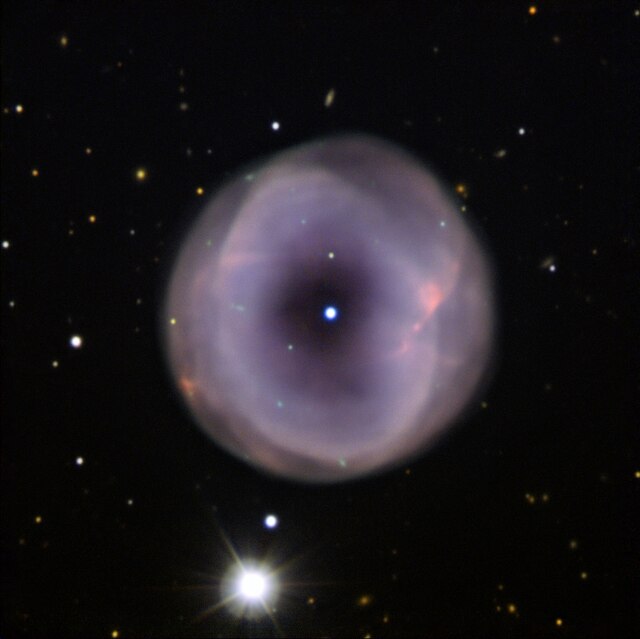Grus is a constellation in the southern sky. Its name is Latin for the crane, a type of bird. It is one of twelve constellations conceived by Petrus Plancius from the observations of Pieter Dirkszoon Keyser and Frederick de Houtman. Grus first appeared on a 35-centimetre-diameter (14-inch) celestial globe published in 1598 in Amsterdam by Plancius and Jodocus Hondius and was depicted in Johann Bayer's star atlas Uranometria of 1603. French explorer and astronomer Nicolas-Louis de Lacaille gave Bayer designations to its stars in 1756, some of which had been previously considered part of the neighbouring constellation Piscis Austrinus. The constellations Grus, Pavo, Phoenix and Tucana are collectively known as the "Southern Birds".
The constellations Grus and Piscis Austrinus, which once formed a single constellation, as depicted in Atlas Coelestis by Johann Doppelmayr, ca. 1742
The "southern birds", as depicted in Johann Bayer's Uranometria
The constellation Grus as it can be seen by the naked eye
IC 5148, the spare-tyre nebula as imaged by the ESO Faint Object Spectrograph and Camera (EFOSC2) on the New Technology Telescope at La Silla
Petrus Plancius was a Dutch-Flemish astronomer, cartographer and clergyman. He was born as Pieter Platevoet in Dranouter, now in Heuvelland, West Flanders. He studied theology in Germany and England. At the age of 24 he became a minister in the Dutch Reformed Church.
Petrus Plancius Instructing Students in the Science of Navigation, by David Vinckboons
Orbis Terrarum 1594
Nova Francia .. Terra Nova 1592
Insulae Moluccae 1592








